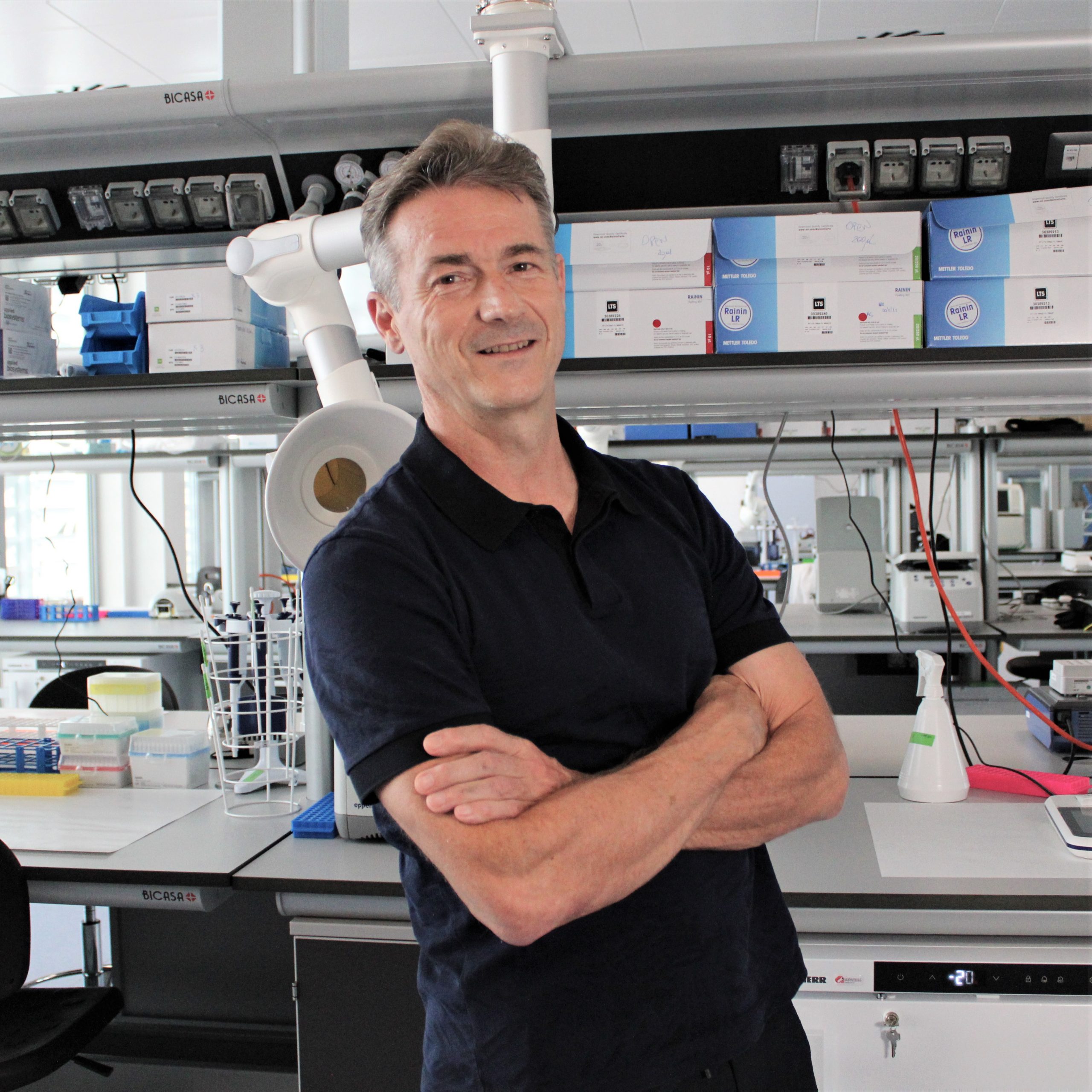
Piero Carninci
- Head of Genomics Research Centre – Functional Genomics, Genomics
- Research Group Leader, Carninci Group
Piero Carninci is a geneticist, Head of the Genomics Research Centre (Functional Genomics programme) as well as Team Leader for Laboratory for Transcriptome Technology at the RIKEN Centre for Integrative Medical Sciences in Yokohama (Japan). Piero is responsible for the creation and development of various new technologies for DNA and RNA sequencing and analysis. He has also been involved in leading many large scale national and international initiatives, such as FANTOM, ENCODE and more recently the Human Cell Atlas. He has been living in Japan for the past 20 years and since late 2019 has been bringing his expert advice to help build and develop the Genomics Research Centre.
Contacts
Follow on
Publications
-
02/2024 - Nature Communications
Decryption of sequence, structure, and functional features of SINE repeat elements in SINEUP non-coding RNA-mediated post-transcriptional gene regulation
RNA structure folding largely influences RNA regulation by providing flexibility and functional diversity. In silico and in vitro analyses are limited in their ability to capture the intricate relationships between dynamic RNA structure and RNA functional diversity present in the cell. Here, we investigate sequence, structure and functional features of mouse and human SINE-transcribed retrotransposons […]
-
10/2023 - Nature
The status of the human gene catalogue
Scientists have been trying to identify every gene in the human genome since the initial draft was published in 2001. In the years since, much progress has been made in identifying protein-coding genes, currently estimated to number fewer than 20,000, with an ever-expanding number of distinct protein-coding isoforms. Here we review the status of the […]
-
07/2022 - Cell
Recombination of repeat elements generates somatic complexity in human genomes
Non-allelic recombination between homologous repetitive elements contributes to evolution and human genetic disorders. Here, we combine short- and long-DNA read sequencing of repeat elements with a new bioinformatics pipeline to show that somatic recombination of Alu and L1 elements is widespread in the human genome. Our analysis uncovers tissue-specific non-allelic homologous recombination hallmarks; moreover, we […]
-
04/2021 - Genome Research
Antisense RNAs during early vertebrate development are divided in groups with distinct features
Long noncoding RNAs or lncRNAs are a class of non-protein-coding RNAs that are >200 nucleotides in length. Almost 50% of lncRNAs during zebrafish development are transcribed in an antisense direction to a protein-coding gene. However, the role of these Natural Antisense Transcripts or NATs during development remains enigmatic. To understand NATs in early vertebrate development, […]